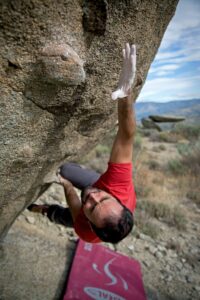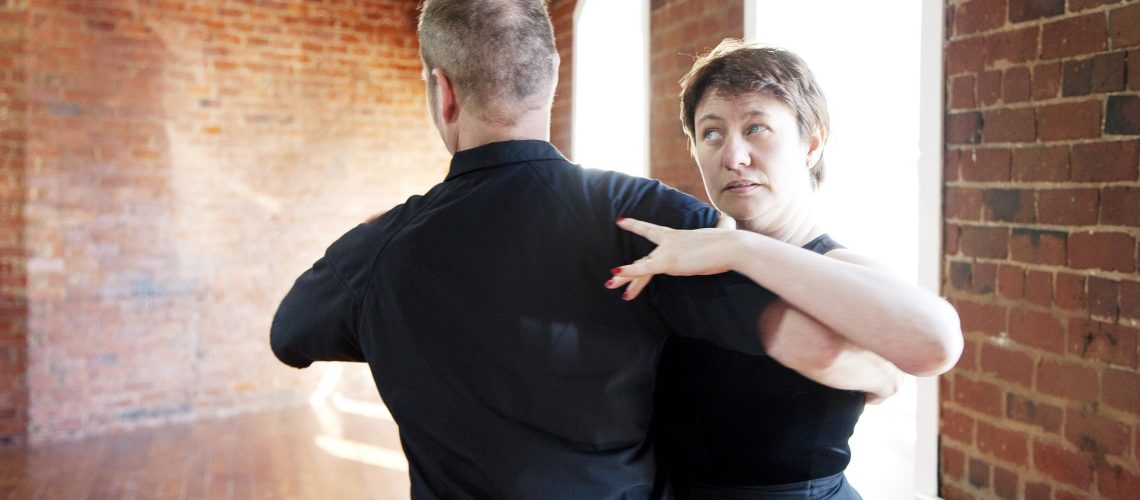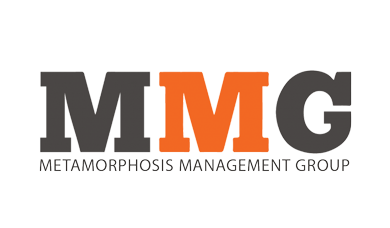It stares you in the face. No role is so well suited to philosophy as the one you happen to be in right now. –Marcus Aurelius
What a strange time we live in – and a difficult one in which to work with, coordinate and lead others. Since 2020, burnout, staff shortages and resulting overwhelm are rampant within the workforce. including managers & leaders. The “Great Resignation” continues. People across the workforce are stretched, and brittle. By “brittle”: people may feel (and be) fragile, precarious, overwhelmed by day-to-day circumstances. The environment is serving up more uncertainty – and we are experiencing personal fight-freeze-flee relationships with that uncertainty.
Leaders also experience this brittleness personally. And on their teams, they grapple with competing tensions and conflicting feelings about existing and newly-hired resources. “Should I be grateful that they said yes to employment with us?” “As a leader, do I wonder about their overwhelm, burnout, whether they’re holding down multiple jobs?” “Are they actually who they say they are, at all?”
Almost every organization today is confronting major change challenges:
● “Do more with less; we’re not replacing the staff who resigned.”
● “Lay off the low performers – and make sure you still hit the growth targets.”
● “Let’s restructure (because our pre-2020 business model is not coming back. Ever.)”
While the post-pandemic context and extent may be new, these types of demands are not. To create some perspective for us as leaders: Data suggests that we were not operating at our best even before the pandemic in early 2020. And at that time, in a distinctly different, simpler environment.
Explicit tensions, contradictory requests, and “unreasonable” demands abound.
In our role as leaders, we recognize and see the tension that these demands create. When we’re overwhelmed, fatigued, or overstretched— cynicism increases. We toy with looking for a new job. We update our LinkedIn profile. We seek outside soothing and relief from the overwhelm of day-to-day work pressures.
In the current environment, we have choices. We can certainly try to find something better.
And yet many of us recognize that the grass may not be greener on the other side. In our more thoughtful moments, we recognize that we may not find “better” in another organization, in another role, with another boss.
Instead of “flight”, we can make ourselves better. We can improve our responses, manage our emotional state, and create better outcomes and more impact.
Relying On Old Behaviors In Times Of Stress
We’re working under conditions of stress and overwhelm, pressed for time. Deadlines loom. Our teams are missing capable talent. Desperate to beat the clock, we fall back on behaviors that worked for us before. We operate unconsciously under pressure. In our better moments, we can see ourselves doing this.
If I’m a detail-oriented subject-matter expert who prefers control, I will amp up my focus on the details. If I’m wired this way, I will enthusiastically pursue “micro-managing” others.
Perhaps my historic pattern is to tightly manage others via performance management and status meetings. I may notice that I feel good about certain projects where team members appear “busy” and “active”. (And I may feel good – without understanding if they’re truly focused on important outcomes. If they’re not focused on the right results, perhaps they’re “LARPing”?)
If I’m a “lead-by-example” person, I look for ways to dig deeper, looking for more hours and energy even when these qualities are in short supply.
Even if my ways of working aren’t successful, I double down on my patterns because they’re habits that worked for me in the “before-times.”
But It Works! (Or… It Did)
The challenge for us about falling back to our existing unconscious habits and patterns is not that these don’t work.
We are running well-established patterns in how we speak, listen, and engage – including how we give advice and solve problems together. How we lead, control and micro-manage. Our mindsets around work/ effort – and how we will work-harder-and-longer to make it through.
Rather, the challenge for us is that they DO work in a short-term, individually gratifying way. Or at least they did, at a certain point in life. We got lots of positive feedback about our practices. Based on positive feedback, we developed robust beliefs about “how to lead” and “how to manage.”
Now, to our surprise: we are learning that this time is different, and our “ways of doing it” aren’t creating the outcomes we want. They don’t work as well as they once did; and to compensate, we may engage in these habits more than we’ve ever done.
If this feels painfully familiar, here’s an alternative. Don’t double down on your well-developed, “instinctive”, go-to patterns (that are demonstrating diminishing returns). Instead, “put your own mask on first.” Recognize the nature of the individual change challenges that you’re asking your people to take on. Take a few breaths and notice the visceral feeling in your gut. This emotional state (of anxiety, adrenalin, impatience, fear) is a survival “trigger”. [reference here]
Rather than being “that person” who is the go-to, who knows it all, who does it the same way each time — consider another way. Take a different approach to responding to challenging circumstances, overwhelmed team members, and individual anxiety.
Leading Boldly
Working with a recent client, we called this way “Leading Boldly.” Not because it involves taking actions that you may consider “heroic” as a leader. Leading Boldly invites you to operate in some explicit, intentional, conscious new ways.
In simple terms, Leading Boldly means that as a leader I will:
- Recognize and name my emotional state,
- Observe (and name) my behavior – both the important conscious and unseen/ unconscious ways I have of operating that may
- limit my effectiveness,
- impair my relationships/ engagement with other people,
- get in the way of the outcomes I may most want; and
- Acknowledge my discomfort and uncertainty (as well as my fatigue, overwhelm, anxiety), as I take action, in new, non-habitual ways.
When you’re operating in this intentional way, you are “Leading Boldly” because you are first acknowledging the “risk!” “threat!” “danger!” messages that your overworked “survive”-mode brain is serving up. Instead of instinctive, automatic fight-freeze-flee responses: you take specific, intentional and different steps. Helpfully, when you do this, you dampen the “threat!” response that your unconscious mind is triggering.
Eduardo Briceno speaks about consciously using these “personal learning movements”. When we do this, we step AWAY from our place in the very-comfortable “Performance Zone.” Your Performance Zone is the comfortable place cultivated over a few years (or decades) of career work. You’ve earned some well-placed promotions. You are seasoned with lots of positive performance reviews.
In the Performance Zone, we are confident in our role, position, and subject matter expertise. We feel certain about how to perform and behave. With practice, many of us have become quite good at doing our work in these successful ways.
Unfortunately, our comfort in the Performance Zone comes at a cost. We may carefully or unconsciously avoid the uncertainty that come from pushing ourselves into spaces and situations where we aren’t “A level.” Staying in the comfort zone of “what I know” and “who I am” holds me back from deep, new visceral learning – the type of learning that expands the boundaries of my capabilities.
SO WHEN I notice a “Performance Zone” instinct:
- a strong desire for closure,
- an impatience to “just do it”,
- a reflex to provide a solution, to take action, to seize control
… this is a GREAT moment to pause. A pause … (even as I long for the Performance-Zone “jolt” of confidence, adrenaline, comfort, assurance that my old way of operating might provide).
Instead of reacting, this is a moment to inquire about next-step choices. WHAT might my next behavior choice be, right now? Instead of staying in my comfortable Performance Zone, faced with diminishing returns, how can I move toward a Learning Zone?
This transition moment can feel tricky. These first moments in the Learning Zone can also feel like “threat!”. As a result, when we go there, we are hyper-vigilant, focused – and uncertain. Each of us knows what that first moment of “risk” feels like. And you know where these moments can appear:
- The vertigo of stepping too close to the edge, in a high place.
- After sharing an important message with another, seeing eyes flash with anger or disappointment.
- The irrational conviction that I will trip as I step to the podium in the conference room for the most important briefing of my career.
- The moment just before the team meeting kicks off – when I’ve learned that we’re about to miss the deadline.
How To Build New Patterns

Here’s some homework and a single, simple action that will help you move toward your learning zone. These are a few steps you can take when “doubling down” on your old way of leading isn’t getting it done.
TRANSITION-MOMENT HOMEWORK
Take a full deep breath.
Describe candidly the challenge that you and your team are up against. (Writing it down is good.)
Name with integrity the emotion that you’re feeling in this moment. Keep at it until the emotion you’re naming feels accurate and descriptive.
Answer this question clearly: What do I want?
THE ACTION
Find a trusted colleague, partner, or friend with whom to speak. Ask them to listen while you share this with them (it may take as little as 5-10 minutes).
These simple acts of:
- deep breathing,
- focusing on the specific challenge at hand,
- connecting with your emotional state,
- naming what you want, and
- doing it “out loud” with another person
… will connect with your emotional state and dampen the fight-freeze-flee instinct. It will help you to clarify your thinking. You might feel more connected with your trusted partner. You may voice and hear some new ideas as you listen to your thinking.
These steps will interrupt your existing patterned instinctive response to a complex, triggering challenge. You’ll have entered a new place, a Learning Zone place for you.
When our “old ways” aren’t creating the outcomes we want, responding in this alternative way can create new insights and new connections. Extending ourselves into the Learning Zone can help us to see circumstances in new ways, Briceno says. We hear, see, sense, and think differently when we acknowledge doubt, feel uncertainty, experience anxiety, feel a heightened sense of vigilance.
Entering the Learning Zone
Metaphorically if not literally, to find our way to this learning-zone place, we will feel all the emotions of:
- Clinging to the mountain wondering about our next handhold.
- Stepping onto the dance floor without knowing all of the dance steps – acknowledging the potential pain and discomfort of stepping on our dance partner.
- Viscerally connecting with the uncertainty that our current challenge creates.
We’ll enter the Learning Zone when we give ourselves the space to wonder with curiosity about these difficult feelings before we react and respond.
We’ll want to train ourselves to feel at home with these feelings of uncertainty. As leaders focused on transforming our organizations, leading important change or restructuring efforts, meeting ambitious and unreasonable demands — this is the place of “learning new things”, “working differently” and “behaving in new ways” that we’ve often asked our people to inhabit.
This time: Let’s go there along with them.


